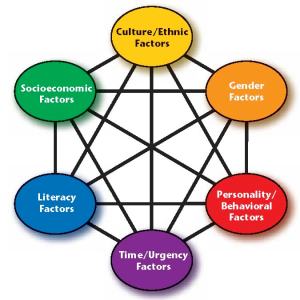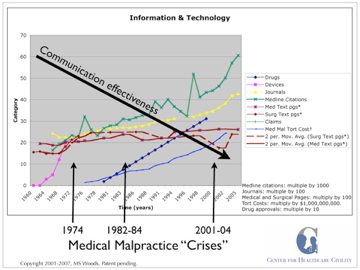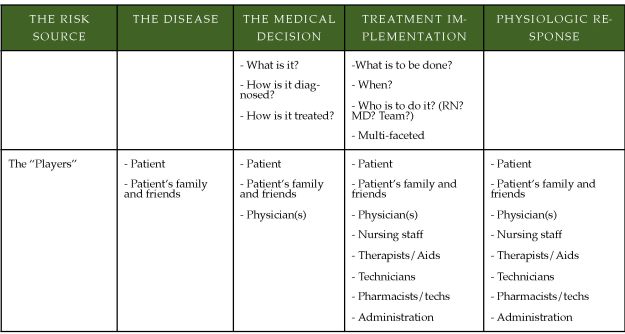In his book Punished by Rewards, Alfie Kohn systematically destroys the myth that awards (extrinsic motivation), whether financial in the sense of pay-for-performance, or gold stars for the good behavior of children, succeeds at achieving their intended effect. In fact, the evidence overwhelmingly suggests that rewards fail miserably in efforts to induce lasting change.4 Kohn cites multiple studies that support this conclusion:
- Undergraduate students who were asked to perform certain tasks without compensation performed the tasks significantly better than those who received compensation
- The performance of college students who were paid for turning out school newspaper headlines stopped improving, while those who were not paid continued to get better
- Fourth graders who were asked to perform a task they “liked” performed poorly at the same task when offered toys or candy as a reward for doing the task
Kohn cites many other studies. Rewards—extrinsic motivations—significantly affect not only the quantity of one’s work, but also the quality of the work. While the provider may be thinking, “Well, medicine is different,” the data does not support that conclusion. In fact, mere observation reveals to me—and probably most of us—the effects of rewards in medicine are no different than any other profession.
Intrinsic motivation, conversely, is a powerful predictor of work quality and success. Koestner has noted:5 (p. 389)
Intrinsically motivated people function in performance settings much the same way as those high in achievement motivation do: They pursue optimal challenges, display greater innovativeness, and tend to perform better under challenging conditions.
In simple language, “extrinsic motivators are a poor substitute for genuine interest in what one is doing.” But Kohn points out an even more frightening fact:4 (p. 69)
What is likely to be far more surprising and disturbing is the further point that rewards, like punishments, actually undermine the intrinsic motivation that promotes optimal performance.
In other words, even when an individual enjoys a particular job and is intrinsically motivated, providing extrinsic rewards to that individual to do the work results in reduced motivation to do the very work they were previously motivated to do, and a reduction in the quality of the results obtained. Who reading this book has not experienced the phenomenon that, at sometime in our past, we used to do something that we enjoyed—until we started getting paid for it? Think of the fact that, not to long ago, physicians took ER call because it was part of their duty to have medical staff privileges and in service to the community. Now, in many places, physicians will take call only if they are paid, if they provide this service at all. Once you started getting paid for engaging in the activity (after which point you would no longer consider doing it for “free”) your intrinsic motivation was gone, or at least substantially diminished. Kohn uses an “old joke” to illustrate this very point:4 (pp. 71-72)
It is the story of an elderly man who endured the insults of a crowd of ten-year-olds each day as they passed his house on their way home from school. One afternoon, after listening to another round of jeers about how stupid and ugly and bald he was, the man came up with a plan. He met the children on his lawn the following Monday and announced that anyone who came back the next day and yelled rude comments about him would receive a dollar. Amazed and excited, they showed up even earlier on Tuesday, hollering epithets for all they were worth. True to his word, the old man ambled out and paid everyone. “Do the same tomorrow,” he told them, “and you’ll get twenty-five cents for your trouble.” The kids thought that was still pretty good and turned out again on Wednesday to taunt him. At the first catcall, he walked over with a roll of quarters and again paid off his hecklers. “From now on, he announced, “I can give you only a penny for doing this.” The kids looked at each other in disbelief. “A penny?” they repeated scornfully. “Forget it!” And they never came back again.
The basic premise of this story—the fact that the old man began to pay the children for something they had been doing voluntarily, something they thought was fun changed the manner in which they viewed the activity. Suddenly, “they came to seem themselves as harassing him in order to get paid,” not because they enjoyed the activity. The old man’s goal, and in fact, the result, was to sap the kid’s intrinsic motivation.
This premise is directly relevant to medicine today. It is my belief that almost everyone goes into medicine driven by a substantial degree of intrinsic motivation, whether it be scientific interest, interest in doing good for humanity or Dee Hock’s community. But in the process of accumulating over $100,000 of educational debt getting a medical degree,6 students and residents seeing the money that physicians make in the form of clothes, cars, houses and other accoutrements of wealth, and listening to physicians complain about the discrepancy between what they get and what they really deserve, our profession goes a long way in sapping the intrinsic motivation of our medical school graduates and residents before they are ever out of training. They graduate with expectations of extrinsic rewards that can never be met and that are virtually without end. What was once an intrinsically motivated passion becomes a job that doesn’t pay me what I am “really worth.”
As I reflect on my own medical education and transition from medical school, to residency, to fellowship, and practice, I can’t tell you when this conversion happened to me, but it surely did. I can also tell you I did not, and do not feel very good about allowing myself to fall into that trap. And I can’t abdicate the responsibility for having allowed this to happen. I can’t blame it on Medicare, Blue Cross, the HMOs, society or anyone else. It is my opinion that the loss of intrinsic motivation due to extrinsic rewards is the primary reason we have a profession stuffed with successful individuals, who are not happy or fulfilled in what they do… their intrinsic motivation get sapped in the process of becoming a physician. If physicians truly did what they did because they loved their profession, why would the average age of retirement from the profession have dropped from 67 to 61?7 Considering this is an average, it reflects many physicians are retiring at a very young age.
Up next in the Communication Series: Ethnicity
All content from Civil Leadership, by Michael S. Woods. © 2007. All rights reserved.
References
4. Kohn, A: Punished by Rewards. New York: Houghton Mifflin, 1993.
5. Koestner, R., Zuckerman, M. & Koestner, J.: Praise, involvement and intrinsic motivation, Journal of Personality and Social Psychology, 1987, 53: 383-390
6. Association of American Medical Colleges: Medical School Graduation Questionnaire, All Schools Report. Washington, DC: AAMC, 2000.
7. Health Forum, Inc.: Doctor dearth: Frustrated with managed care and flush with wise investment, physicians are retiring earlier — alarming hospitals and practices. Hospitals & Health Networks, Vol. 75, No. 3, March 2001.






















